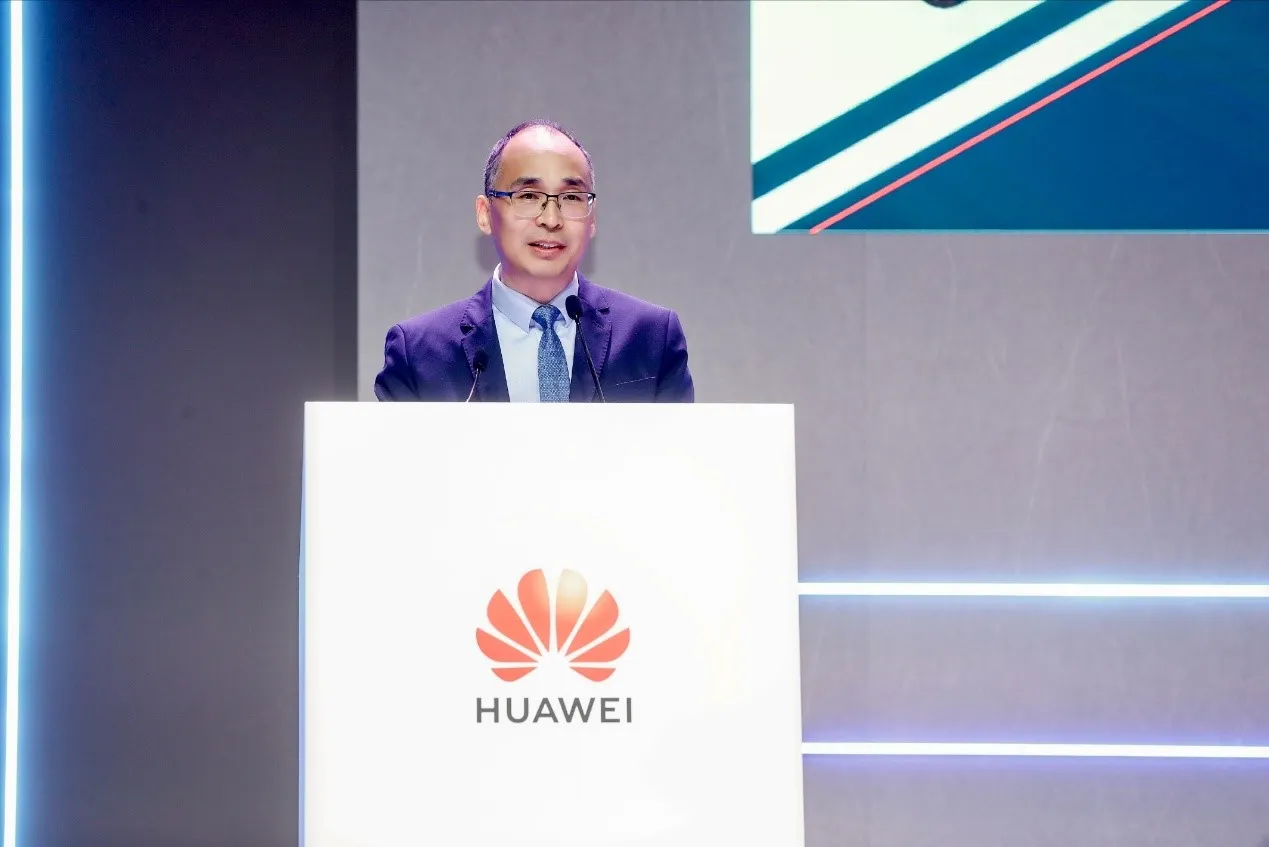Automation and connectivity take centre stage in Brussels during a series of events to be held in the city during the week of 20-23 October.
The week starts off with the FIA Policy Conference, Driving change, connecting mobility, on 20 October. FIA Region will host policymakers and stakeholders to discuss new trends in mobility, while also engaging with how these changes will impact areas such as data protection and liability.
On 21 October, the plenary meeting of the iMobility Forum takes place unde
September 21, 2015
Read time: 2 mins
Automation and connectivity take centre stage in Brussels during a series of events to be held in the city during the week of 20-23 October.
The week starts off with the FIA Policy Conference, Driving change, connecting mobility, on 20 October. FIA Region will host policymakers and stakeholders to discuss new trends in mobility, while also engaging with how these changes will impact areas such as data protection and liability.
On 21 October, the plenary meeting of the iMobility Forum takes place under the theme of “Automation: Impact for Vehicles, Infrastructure and Users’’. The meeting sets out to discuss the role of transport data and the trends towards automation from diverse perspectives (i.e. users, suppliers, OEMs, transport/freight operators, authorities). The outcome of the panel discussions will feed into the on-going work of the Automation working group of the iMobility Forum which is expected to deliver final recommendations for the deployment of Automation in the EU but also provide new research opportunities and priorities for Automation.
A two day workshop rounds up the week on 22 and 23 October, focusing on the standardisation and certification aspects of mobility. The objective of the workshop, Standards as ultimate enablers for ITS deployment, is to present a complete but clear view on the different types of ITS technologies and their corresponding standards along with presenting current certification and compliance assessment initiatives for ITS. The sessions will focus on presenting multiple communication technologies and addressing the aspects of their deployment status, road maps, standards as well as recommendations on standardisation needs.
The week starts off with the FIA Policy Conference, Driving change, connecting mobility, on 20 October. FIA Region will host policymakers and stakeholders to discuss new trends in mobility, while also engaging with how these changes will impact areas such as data protection and liability.
On 21 October, the plenary meeting of the iMobility Forum takes place under the theme of “Automation: Impact for Vehicles, Infrastructure and Users’’. The meeting sets out to discuss the role of transport data and the trends towards automation from diverse perspectives (i.e. users, suppliers, OEMs, transport/freight operators, authorities). The outcome of the panel discussions will feed into the on-going work of the Automation working group of the iMobility Forum which is expected to deliver final recommendations for the deployment of Automation in the EU but also provide new research opportunities and priorities for Automation.
A two day workshop rounds up the week on 22 and 23 October, focusing on the standardisation and certification aspects of mobility. The objective of the workshop, Standards as ultimate enablers for ITS deployment, is to present a complete but clear view on the different types of ITS technologies and their corresponding standards along with presenting current certification and compliance assessment initiatives for ITS. The sessions will focus on presenting multiple communication technologies and addressing the aspects of their deployment status, road maps, standards as well as recommendations on standardisation needs.










